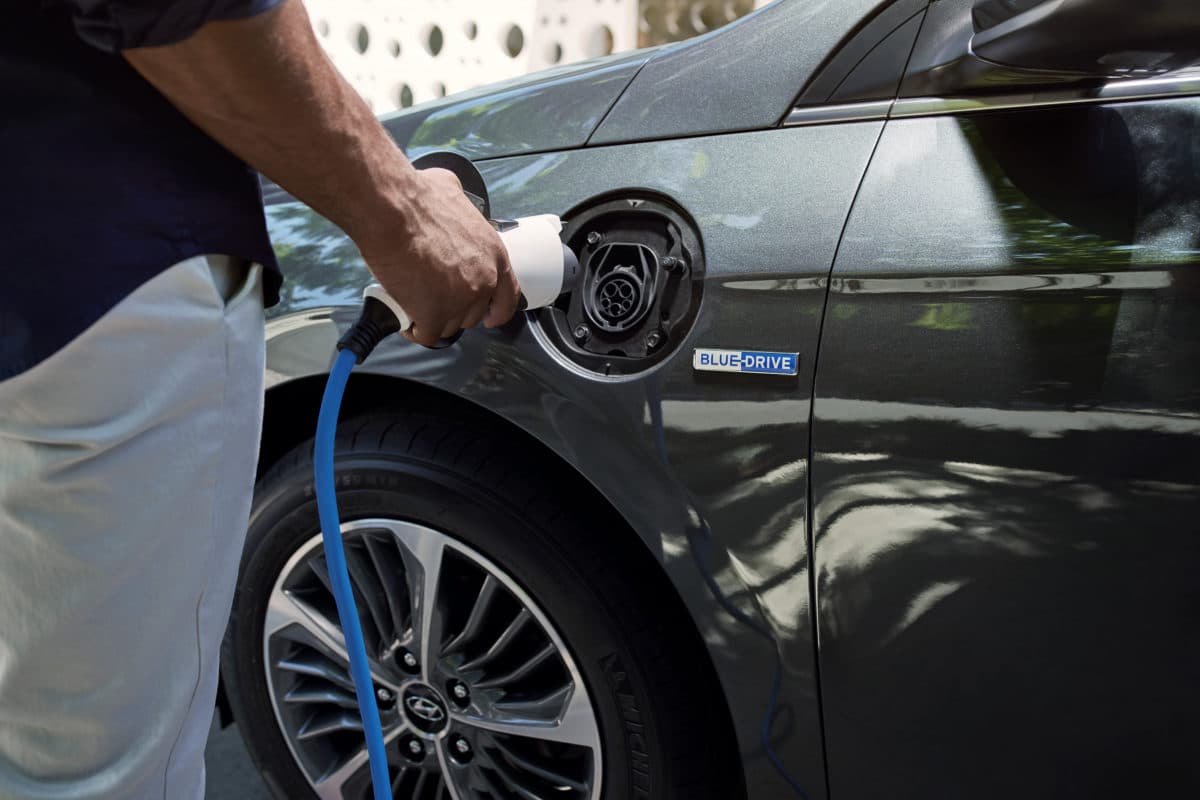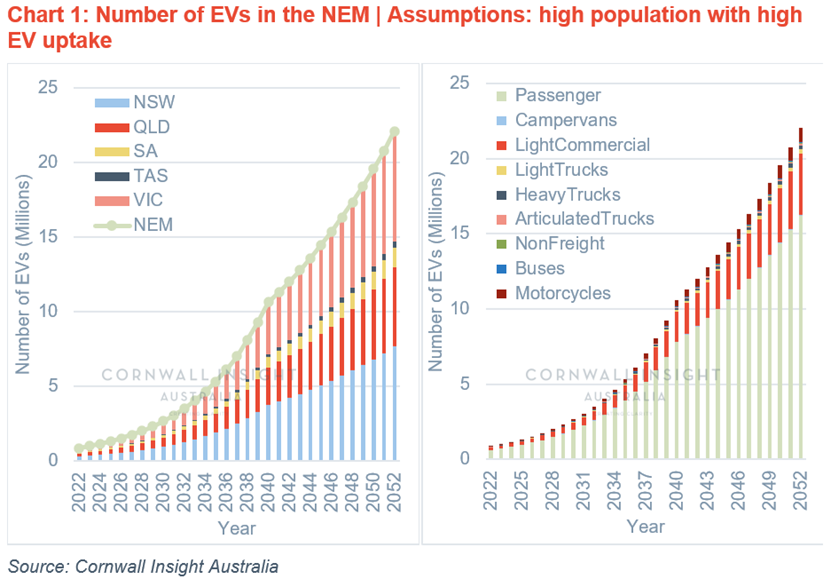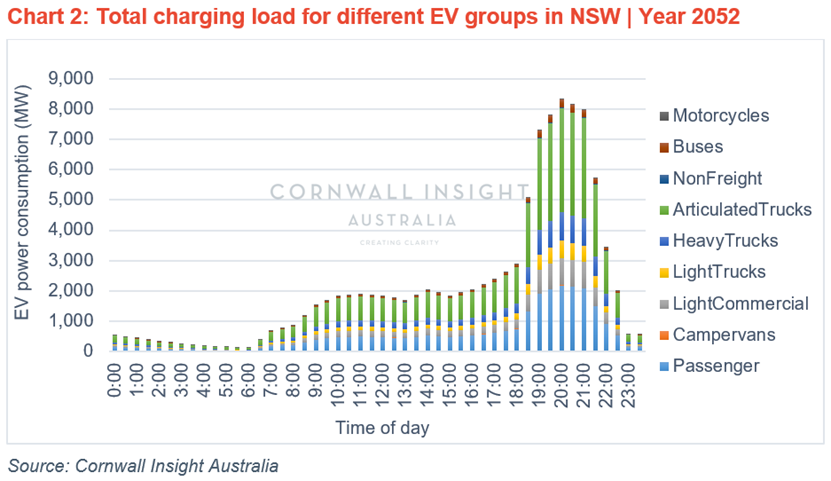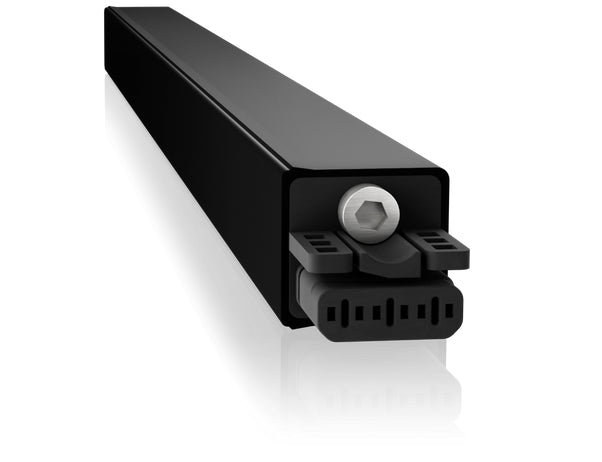https://www.pv-magazine-australia.com/2023/02/06/incentives-for-off-peak-charging-of-electric-vehicles-could-ease-stress-on-the-australian-grid/
Incentives for off-peak charging of electric vehicles could ease stress on the Australian grid

“With truck drivers accounting for 60% of demand by 2052, focusing on this smaller but high-impact group instead of a vast number of passenger car users is a potential solution to lower grid stress," Mojtaba Jabbari Ghadi, Energy consultant at Cornwall Insight Australia, said
Image: Hyundai
The scenario is based on a high population and an EV penetration rate of 98% of total cars in Australia. Figure 1 displays the projected number of EVs by state and user type under these conditions.

The growing popularity of EVs presents a challenge for the electricity market as many EV owners prefer to charge their vehicles during evening peak hours, causing a surge in demand. To prevent overwhelming the grid, it is crucial that EV owners be encouraged to charge during hours of high renewable generation, such as mid-day or early morning.
A considerable share of the charging load for EVs by 2052 is expected to come from trucks, which drive an average of 79 thousand kilometres per year. Offering financial incentives for off-peak charging to fleets could alleviate the stress on the network, reduce the need for power grid upgrades and save truck drivers a significant amount of money.
Figure 2 uses New South Wales (NSW) as an example of what could happen if the scale of EV charging is not properly managed. Our data shows there will be an 8 GW total demand for EV peak charging by 2052. This is compared to the current 10 GW evening peak in NSW.
“The golden era of internal combustion engine cars is coming to an end, and we must start planning for the increased load on the grid from electric vehicles. To ensure the energy grid is not overwhelmed, it will be essential to encourage charging during non-peak hours,” Mojtaba Jabbari Ghadi, Energy consultant at Cornwall Insight Australia, said.
“With truck drivers accounting for 60% of demand by 2052, focusing on this smaller but high-impact group instead of a vast number of passenger car users is a potential solution to lower grid stress.
“Properly implemented financial incentives can offer a win-win for both the electricity grid and consumers by easing pressure on the system and potentially saving drivers thousands of dollars.”
This content is protected by copyright and may not be reused. If you want to cooperate with us and would like to reuse some of our content, please contact: editors@pv-magazine.com.
<



